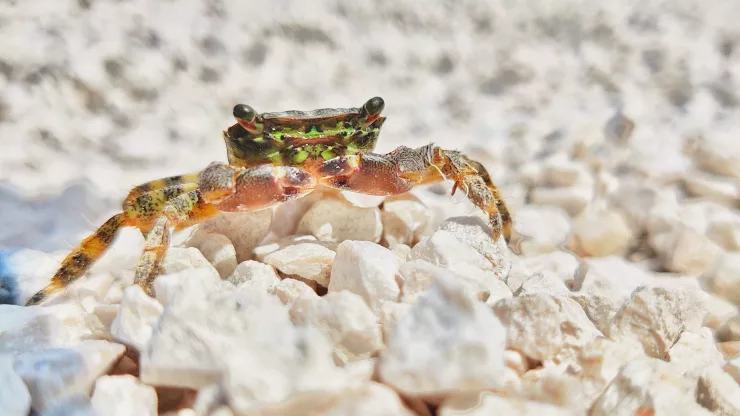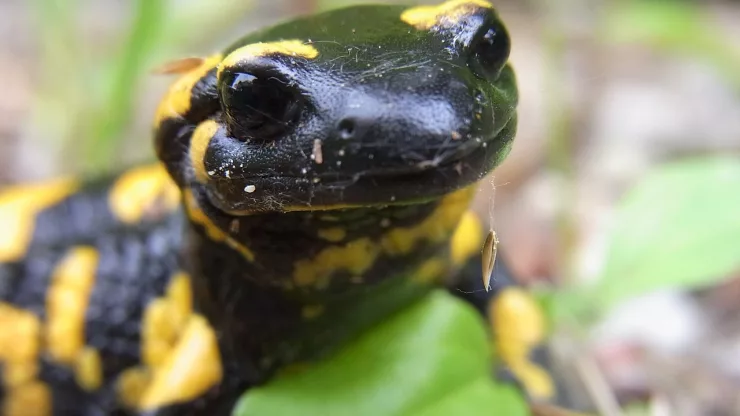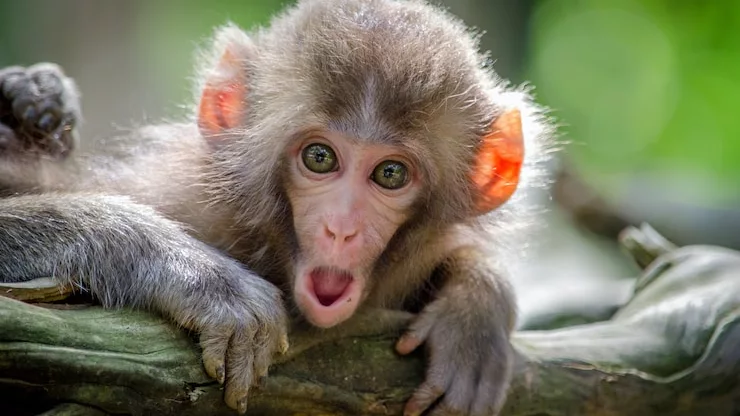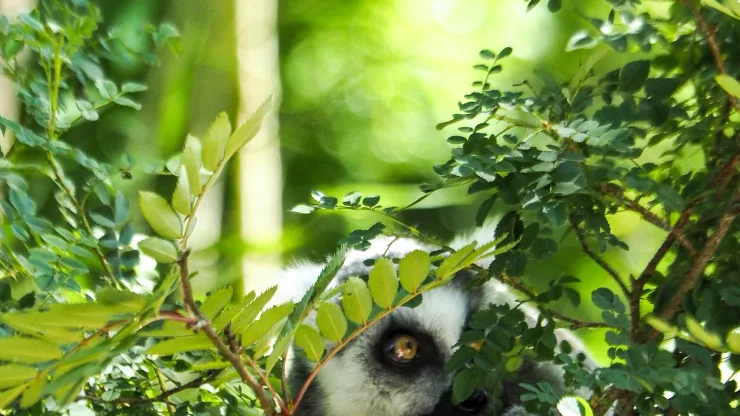Crabs are fascinating creatures that can be found in oceans, freshwater, and on land. They come in various shapes, sizes, and colors.
In this article, we will explore some exciting facts about crabs that you may not know.
-
There are over 6,700 species of crabs worldwide.
-
Crabs are crustaceans, which means they have a hard exoskeleton and jointed legs.
-
The largest crab in the world is the Japanese spider crab, which can have a leg span of up to 12 feet.
-
Crabs have two claws, one big and one small, which they use for various purposes, including defense, feeding, and mating.
-
Some crabs can regenerate their claws if they lose them.
-
Female crabs are generally smaller than males.
-
Crabs have an excellent sense of smell, which they use to locate food and mates.
-
Some species of crabs can walk forward and backward, while others can only move sideways.
-
Land crabs can climb trees and swim in freshwater.
-
Crabs shed their exoskeletons periodically to grow larger. This process is called molting.
-
During molting, crabs are vulnerable to predators and must hide until their new exoskeleton hardens.
-
Some species of crabs can change color to blend in with their surroundings.
-
The horseshoe crab is not a true crab, but it is often mistaken for one.
-
The coconut crab is the largest land-living arthropod and can weigh up to 9 pounds.
-
Some crabs can make a loud noise by rubbing their claws together.
-
Crabs are omnivores and will eat almost anything, including plants, animals, and debris.
-
The blue crab is a popular seafood in the United States and is commonly eaten in Maryland.
-
Some crabs are bioluminescent, which means they can produce light.
-
The fiddler crab gets its name from the male’s large claw, which it uses to attract mates.
-
Crabs have a complex social structure and communicate with each other using chemical signals and body language.
-
Hermit crabs do not have a hard exoskeleton and use shells for protection.
-
Some species of crabs can live for up to 100 years.
In conclusion, crabs are fascinating creatures that have adapted to life in various environments.
From the giant Japanese spider crab to the tiny fiddler crab, each species has unique characteristics that make them interesting to study and observe.
FAQ
What do crabs eat?
Crabs are omnivores and will eat almost anything, including plants, animals, and debris.
Are crabs dangerous to humans?
Most species of crabs are not dangerous to humans, but some can pinch or cause minor injuries with their claws.
The box jellyfish-eating crab is the only known species that is poisonous to humans.
What is the difference between a crab and a lobster?
Crabs have a flat, wide body and two claws, while lobsters have a long, narrow body and two large claws.
How long do crabs live?
Some species of crabs can live for up to 100 years.
Can crabs swim?
Some species of crabs can swim, but most move by walking sideways on the ocean floor or land.

I am a fun fact enthusiast and creator of Facts On Tap.
I love to share my knowledge and curiosity with readers and inspire them to learn something new every day.
When I’m not writing, I enjoy traveling, reading, and playing trivia games with my friends.




